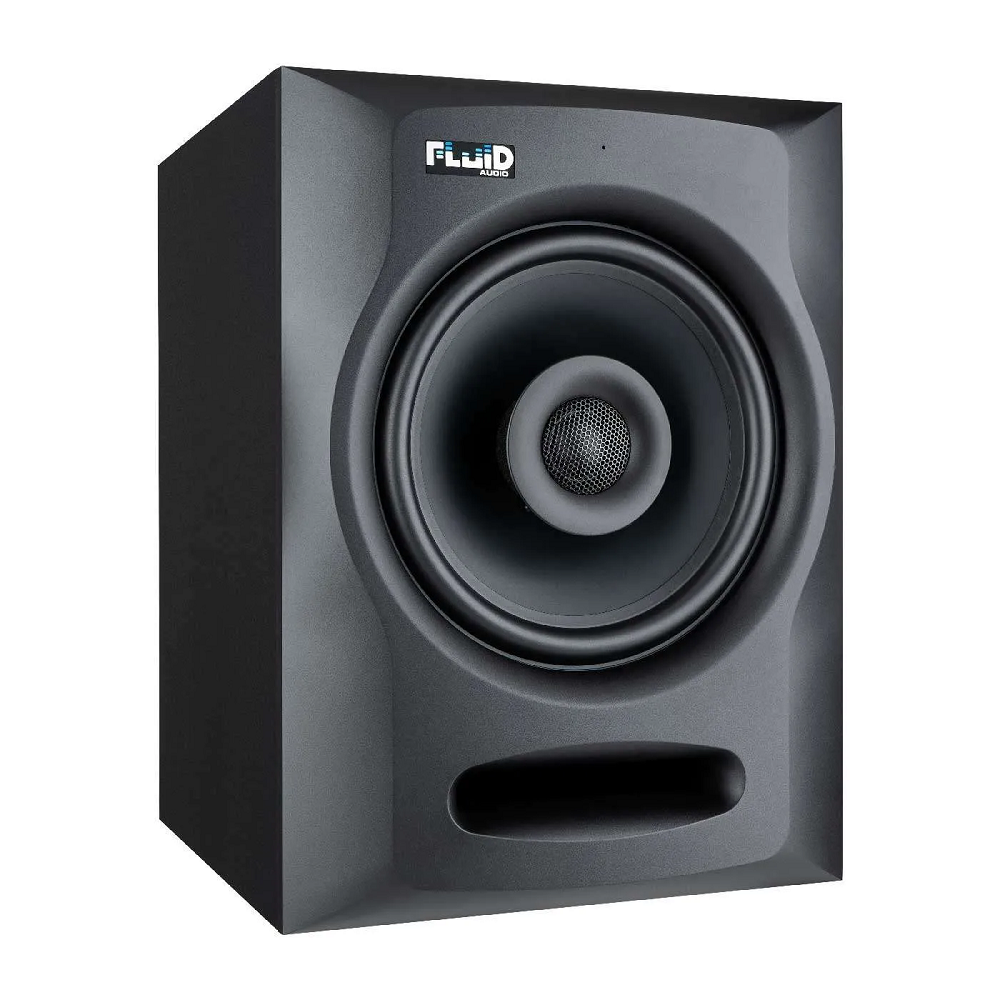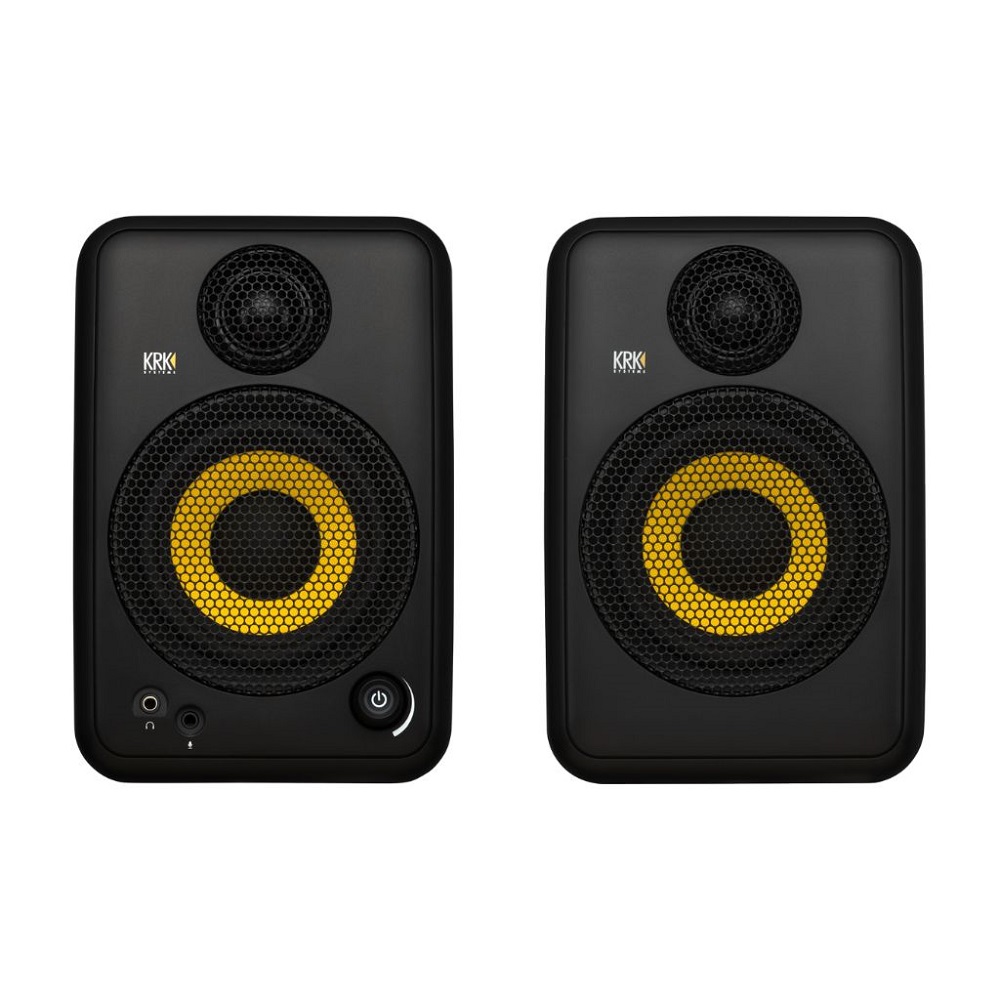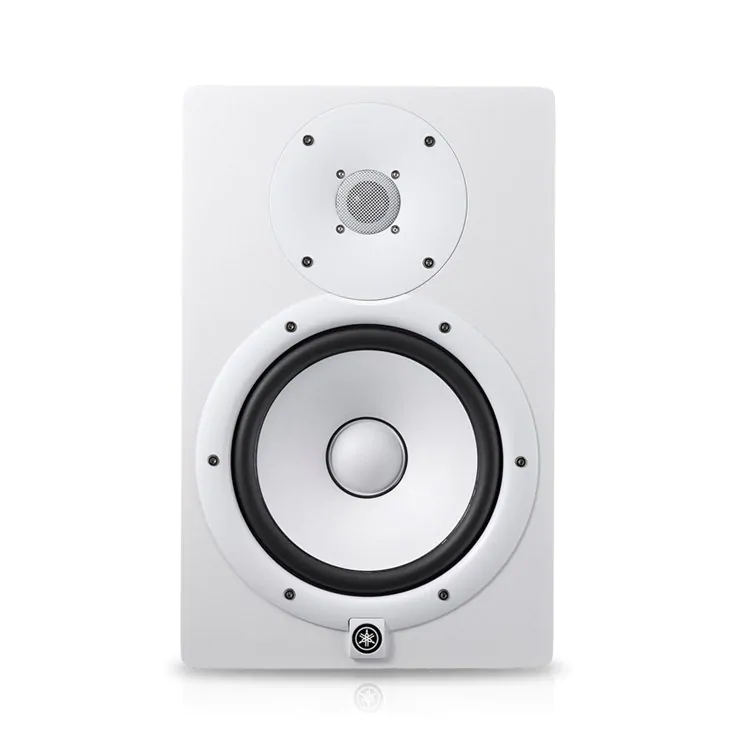When it comes to music production, choosing the right equipment is crucial. Among the most important pieces of gear are speaker monitors. Unlike regular speakers, studio monitors provide accurate sound reproduction that serves as a foundation for high-quality audio creation. This accuracy is essential for musicians and producers who seek to create professional-quality music. Without proper monitoring, it’s easy to miss crucial details that can make or break a track. Here, we’ll explore why speaker monitors are vital in the world of music creation.
Understanding Studio Monitors
What Are Studio Monitors?
Studio monitors are specialized speakers designed specifically for audio production purposes. They produce sound levels that reflect a mix as closely as possible to how it will sound on various playback systems. This accuracy is crucial since music can sound drastically different across devices like headphones, car stereos, and home speakers. A good studio monitor will allow you to accurately assess your mix, ensuring it translates well in different environments.
Key Features of Studio Monitors
Most studio monitors feature flat frequency responses, meaning they reproduce all frequencies equally without exaggerating or cutting off certain sounds. This neutrality is vital for achieving a well-balanced mix. Additionally, studio monitors often come equipped with high power ratings and low distortion levels. These features allow producers to hear the nuances in their mixes, leading to better overall quality. Many monitors also have options for acoustic tuning, enabling users to adjust their sound according to the specific room. Such versatility helps in optimizing the listening environment and improving sound accuracy.

Importance of Accurate Sound
The Role of Precision in Mixing
Precision is crucial when creating music. Accurate sound reproduction allows musicians and producers to hear every instrument clearly in the mix. This clarity helps in making important decisions during the mixing and mastering stages. For example, if the bass frequencies are too pronounced, it may overshadow vocals or other important elements. If the monitors exaggerate certain frequencies, the final mix may not translate well across other listening environments, potentially leading to poor reception from listeners.
Trusting Your Ears
Understanding how different sounds interact is key for musicians. When using accurate studio monitors, they can trust what they hear. This trust is essential for making informed choices about equalization, volume levels, and effects. Producers can effectively pinpoint issues and make adjustments without second-guessing themselves. If the monitors provide a distorted view of the sound, subtle details may get lost in the mix, leading to an inferior final product.
Enhancing Your Workflow
Faster Decision-Making
Using studio monitors can significantly enhance your workflow. When the sound is true to what the music should be, musicians can make quicker decisions. For instance, during mixing sessions, they can easily identify which elements need adjustment, whether it be volume, panning, or effects. This ability saves time and allows for more creative exploration within each session. Moreover, streamlined decision-making can also reduce the number of revisions needed later, contributing to a more efficient production process.
Reducing Ear Fatigue
Listening to inaccurate speaker monitors can lead to ear fatigue, affecting concentration and creativity. Studio monitors are designed to minimize this issue. Their balanced sound allows users to listen for extended periods without feeling worn out. This is especially important during long recording sessions, where focused listening is critical. Reduced ear fatigue means musicians can maintain their creative flow and stay engaged with the music longer.

Improved Collaboration
Better Communication with Collaborators
When working with other musicians or producers, clear communication about the sound and vision is essential. Accurate sound reproduction helps ensure everyone is on the same page. If the monitors distort certain frequencies, it may lead to misunderstandings about how a mix should sound. Such confusion can create frustration and hinder collaboration, dragging the production process. Instead, with accurate monitoring, everyone can provide relevant feedback based on what they truly hear.
Sharing the Listening Experience
In collaborative environments, it’s common for musicians to share their mixes with peers for feedback and input. If the monitors deliver an accurate sound, everyone can analyze the music from a similar starting point. This shared experience not only fosters creativity and trust but also facilitates constructive feedback. Quality sound means that suggestions and critique on mixes will be more relevant and actionable, ultimately leading to better music.
Choosing the Right Monitors
Size and Placement
When selecting studio monitors, both size and placement are critical factors. Larger monitors often produce deeper bass but may dominate a small room, leading to acoustic issues. Conversely, smaller monitors excel in limited spaces but may lack the clarity needed for low-end frequencies. It’s essential to find a balance based on your room’s dimensions and acoustic properties. Proper placement can also maximize sound quality; monitors should be set at ear level and spaced correctly to create an optimal listening triangle. The right setup can greatly enhance your overall listening experience.
Active vs. Passive Monitors
Another important consideration is whether to choose active or passive monitors. Active monitors come with built-in amplifiers, simplifying setup and ensuring that the components are well-matched. This convenience often leads to better sound quality right out of the box. Passive monitors, on the other hand, require external amplifiers, allowing for greater flexibility in choosing other equipment. However, this can add complexity to your setup. Evaluating your space and needs will help you decide which type of monitor will best serve your production requirements.

Technical Considerations
Frequency Response
Frequency response is a critical specification in speaker monitors. Most studio monitors provide a frequency range of 20 Hz to 20 kHz, covering the full human hearing spectrum. A monitor with a wider frequency response generally delivers a more accurate representation of your mix. This ensures that all elements, from deep bass to high treble, are well represented. Monitoring your sound using a quality frequency response can elevate the final product, allowing you to hear subtleties you might miss on lower-end speakers.
Room Acoustics
The acoustics of your room can greatly affect the performance of your monitors. Sound waves can bounce off walls, causing unwanted reflections that can color the overall sound. Utilizing acoustic treatment in your room can help mitigate these effects. This includes sound-absorbing panels and bass traps, which can improve your monitoring environment. Proper acoustic treatment will allow the monitors to deliver a clearer and more accurate sound, enhancing your overall listening experience and ultimately leading to better mixes.
The Evolving Landscape of Music Production
Embracing Technology
In the ever-evolving landscape of music production, embracing technology has become more important than ever. With the rise of digital audio workstations (DAWs) and advanced audio plugins, the way we create music is continually changing. However, even with the most sophisticated software tools at your disposal, the foundation of a great mix still lies in reliable monitoring. High-quality studio monitors are essential in this digital age, where the lines between virtual instruments and traditional sounds blur. They allow producers to accurately assess how their music will sound both in an analog and digital context.
Future-Proofing Your Setup
Investing in studio monitors is not just about immediate results; it’s also about future-proofing your setup. As music trends evolve and new genres emerge, having accurate monitoring opens doors for adaptability. Producing across different styles—from hip-hop to orchestral arrangements—requires a clear understanding of how each instrument interacts within a mix. Quality monitors enable you to switch between these genres without needing additional tests or adjustments, ensuring that your music remains relevant and competitive.
Conclusion
Speaker monitors are essential for musicians and producers who aim to create high-quality music. Their ability to reproduce sound accurately allows for precise mixing and mastering, which are critical in music production. By investing in good-quality studio monitors, artists can streamline their workflow, improve collaboration, and trust the sound they hear. Whether you’re a seasoned producer or just beginning your musical journey, understanding the importance of studio monitors can elevate your music production quality. Investing in the right monitors may prove invaluable in achieving your musical vision, allowing you to turn your creative ideas into reality.